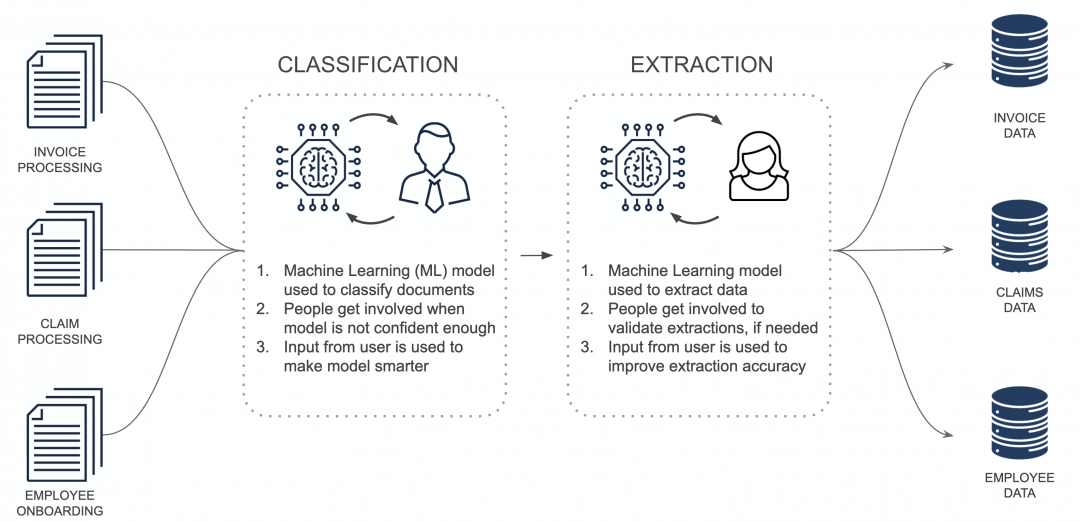Automate Document-Centric Business Processes Using Artificial Intelligence
Blog: Appian Insight
From employee onboarding to invoice processing, chances are your organization has many workflows that include documents. To perform your business activity, the data contained in these documents (unstructured data) has to be extracted and structured. Many companies do this today without the use of automation by manually performing data entry that is slow and expensive. When companies do use automation, they use optical character recognition (OCR) which requires time-consuming setup and maintenance to accommodate for variations in document formats. There is a better way to solve this problem: using artificial intelligence (AI) and machine learning (ML).
Using AI for document-centric business processes at enterprise-scale requires:
- Classifying incoming documents and extracting data from documents with high accuracy without specialized AI experts.
- Bringing people in the loop when the AI model predictions are not confident enough and using the input from people to further improve the accuracy of classification and extraction.
- A high-productivity user interface to validate and reconcile the information extracted using the AI model.
- The ability to incorporate document extraction into upstream or downstream business processes.
We built Appian’s Intelligent Document Processing (IDP) to address all of these requirements and more. Here is a diagram to help you visualize how this works.
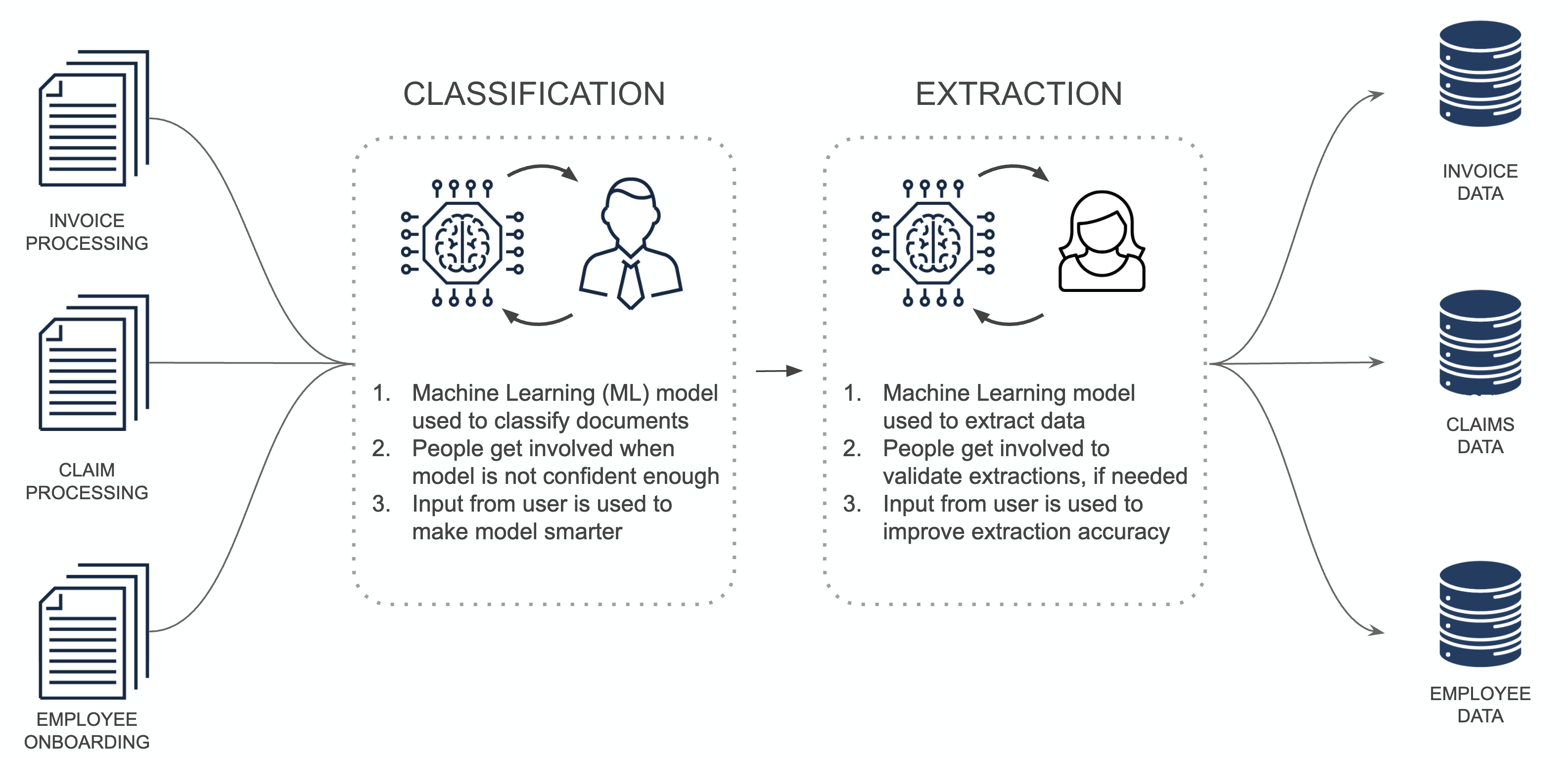
Let me explain each one in more detail.
Classifying incoming documents and extracting data from documents with high accuracy without specialized AI experts.
Appian IDP leverages the cutting-edge AI services that Google provides. Google Cloud AutoML Natural Language and Google Cloud Document AI are used to classify incoming documents and extract the data from documents. These services use machine learning to understand documents by identifying data relationships within the documents as key-value pairs. As such, you’ll be able to more easily manage document variations and more accurately extract data than with a simple OCR approach. We invested in making these capabilities seamlessly accessible to our customers. It takes just a few minutes to get started and no AI expertise is needed.
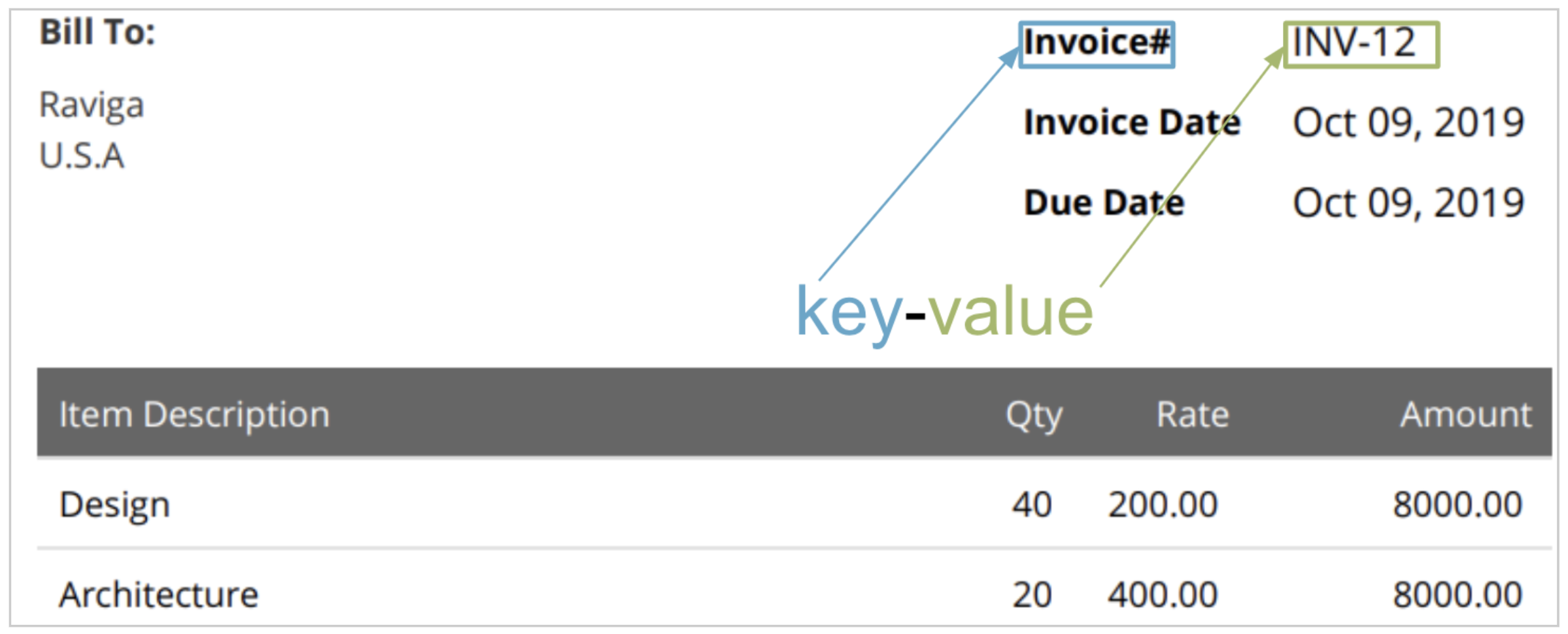
Bringing people in the loop when the AI model predictions are not confident enough and using the input from people to further improve the accuracy of classification and extraction.
AI and machine learning is only a part of the equation. When processing complex documents at scale, inputs from people are often required to ensure smooth processing. Appian IDP is built to enable a seamless interaction between people and AI models—when AI models are not confident enough a person can review and provide inputs. Also, the inputs that people provide are used to make the classification and extraction more accurate. In other words, as you process more documents, your ability to accurately classify and extract information improves and the need for human involvement decreases.

A high-productivity user interface to validate and reconcile the information extracted using the AI model.
Many business processes require people to reconcile and validate the data that has been extracted from documents for accuracy. IDP provides an intuitive user interface that makes it easy to compare the document and the extracted data side-by-side and perform any reconciliation if needed.
The use of AI services allows us to identify the data relationships in the documents in the form of key-value pairs. This allows the user to perform rapid “point-and-click” reconciliations. The result is faster and more accurate document processing.
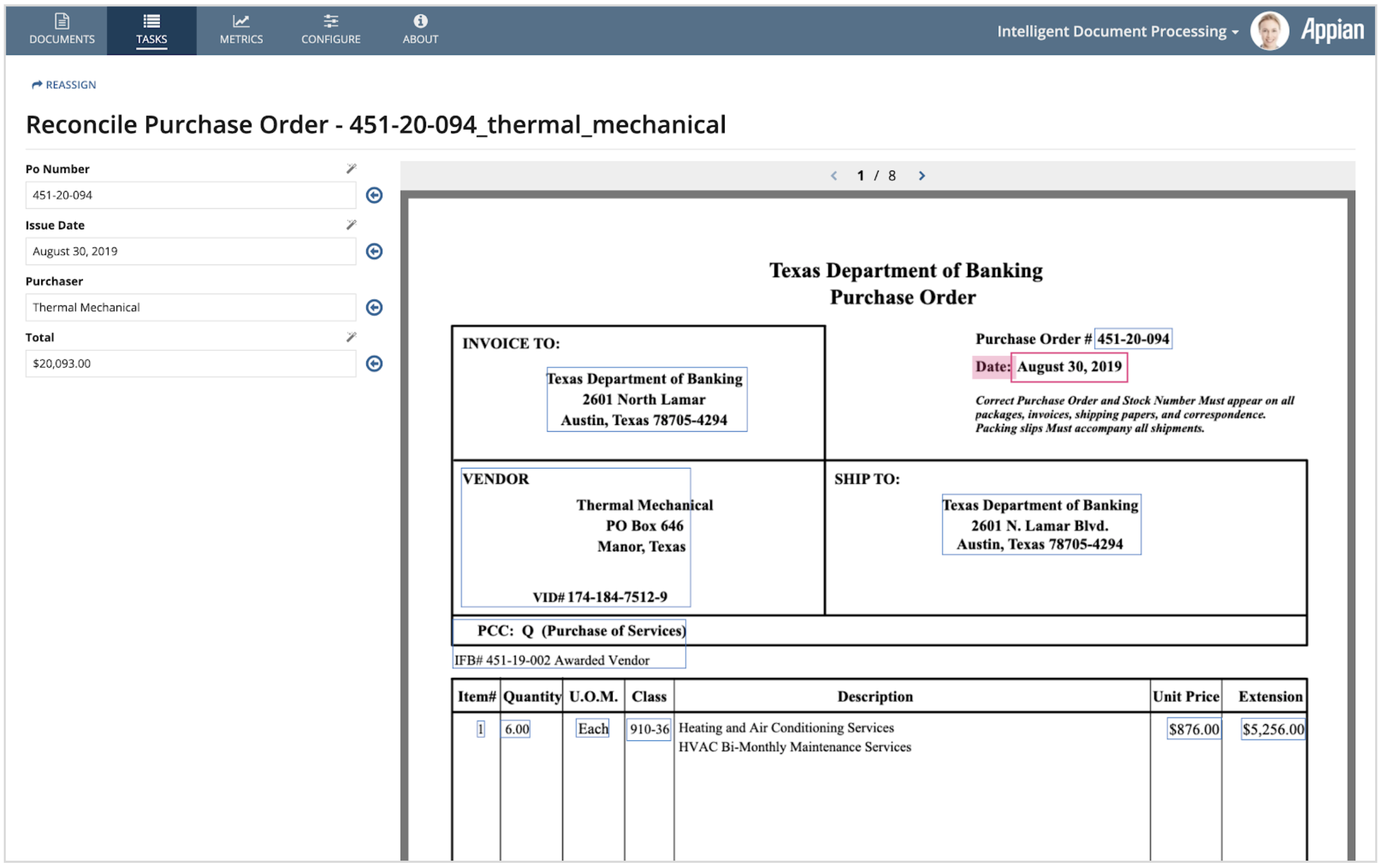
The ability to incorporate document extraction into upstream or downstream business processes.
For most business processes document extraction is just a part of a larger process and there could be many steps either before or after the document processing step. Appian provides you with the flexibility to build your end-to-end business processes. The business workflows can span across people, RPA bots and AI models as shown in Figure 4 below.
The IDP capabilities are built to be modular. It can be easily incorporated as a subprocess within an existing business process or it can be used to integrate with other systems using APIs. You can use the IDP APIs to start document processing, check on the status of the document, and retrieve the extracted data from documents. The entire application is pre-built for you with a number of document types available out-of-the-box.
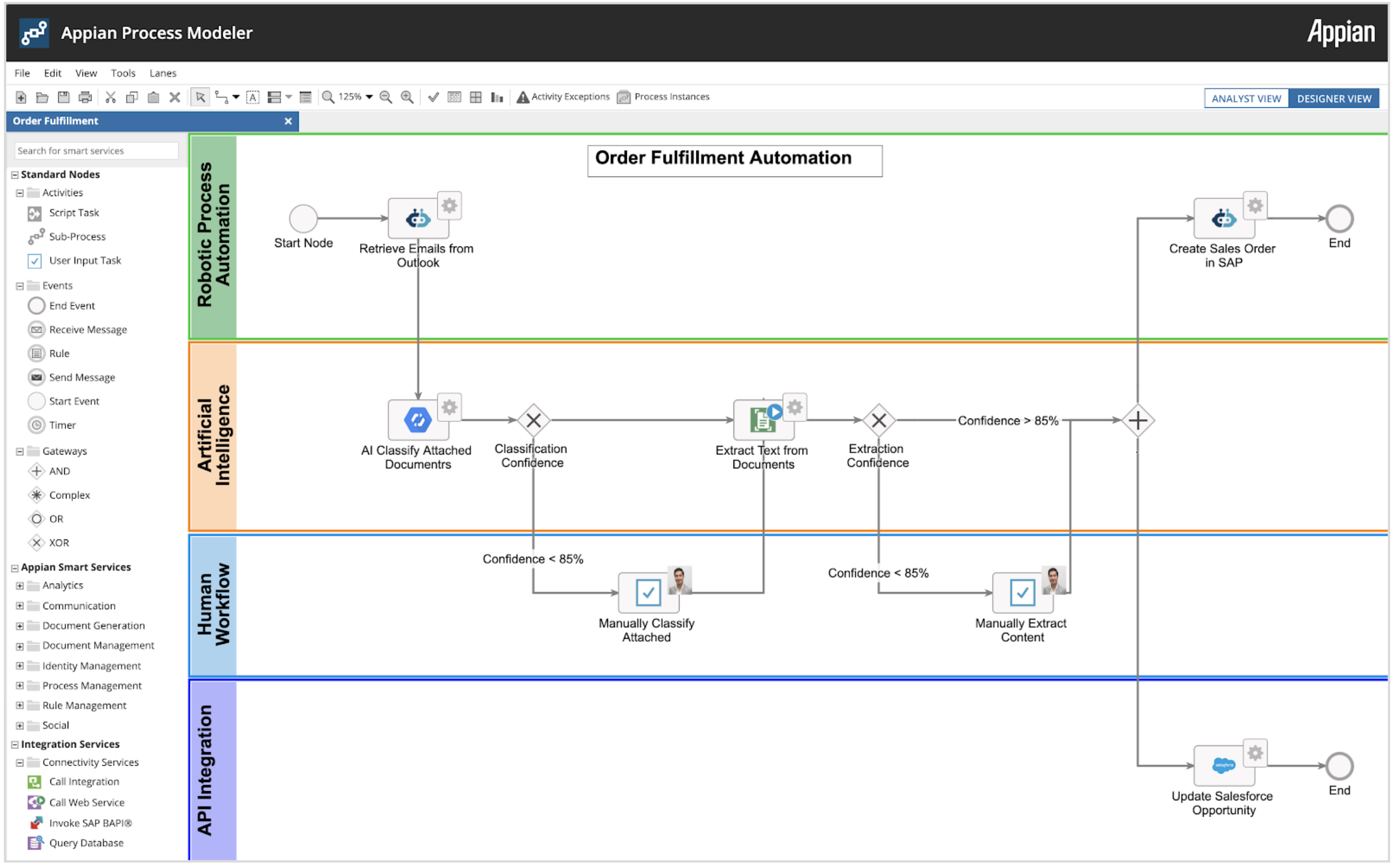
In conclusion, IDP brings people and cutting-edge AI together to solve document processing problems at enterprise-scale. It’s fast and easy for organizations to use IDP without requiring specialized ML/AI skills. It just takes a few minutes to get started.
Try Appian IDP using the Appian Trial or request a Demo to see Appian IDP in action.
Leave a Comment
You must be logged in to post a comment.
